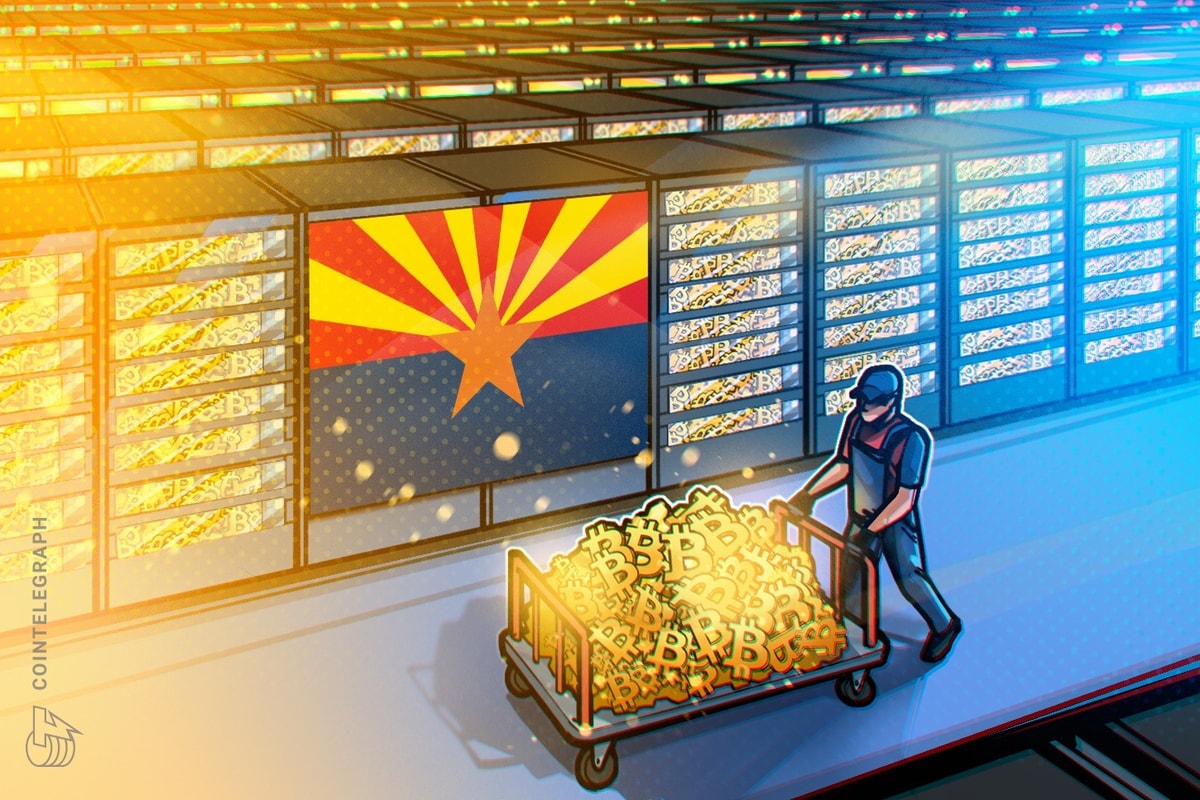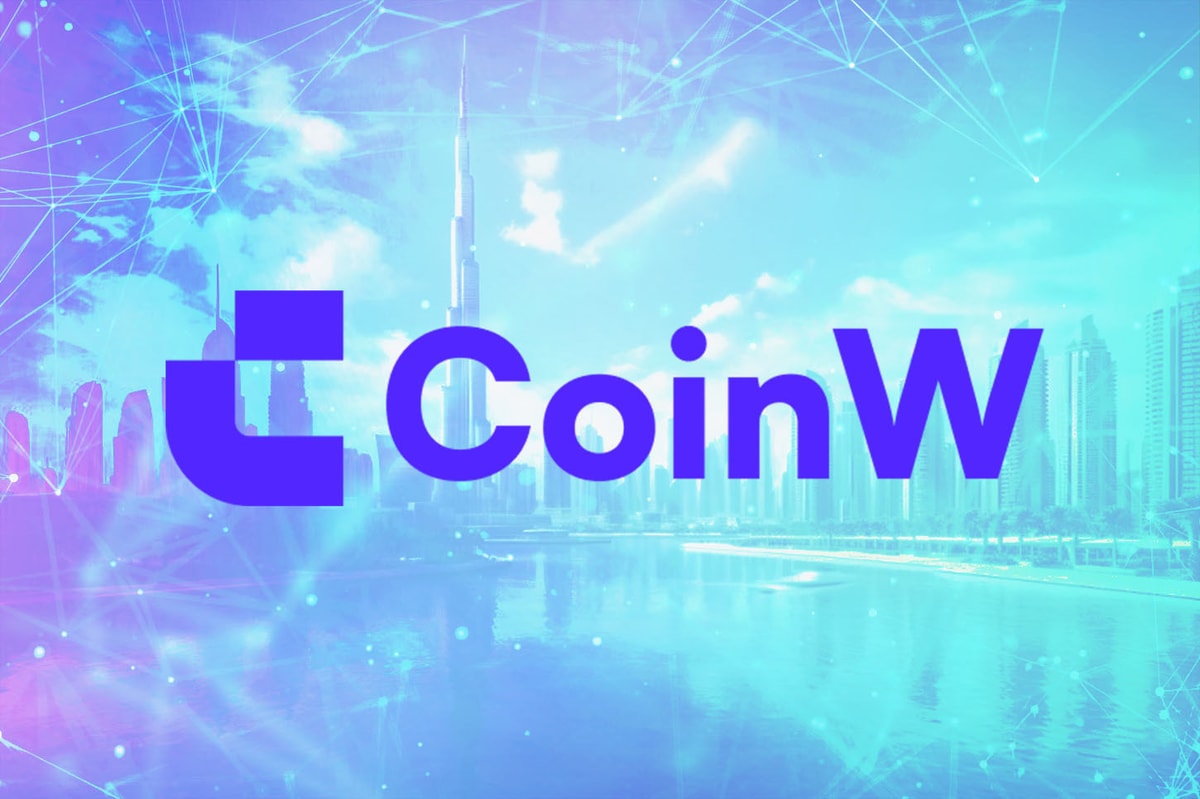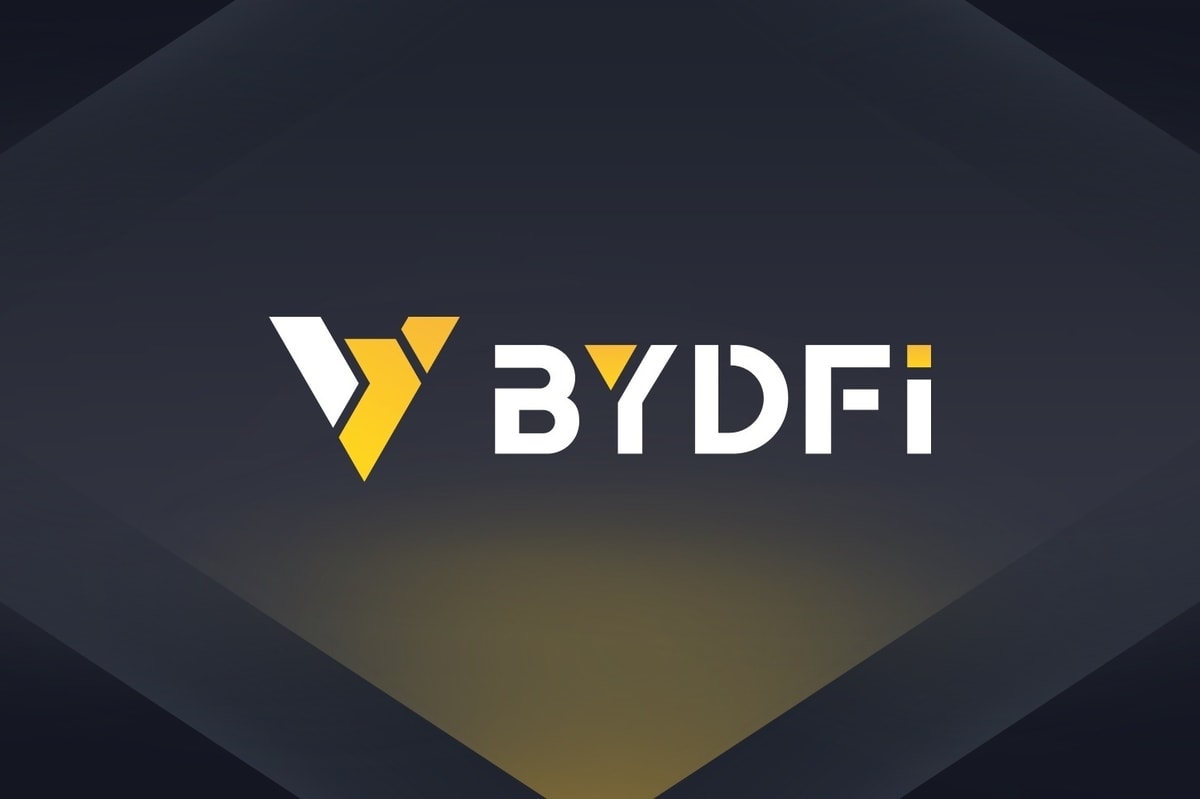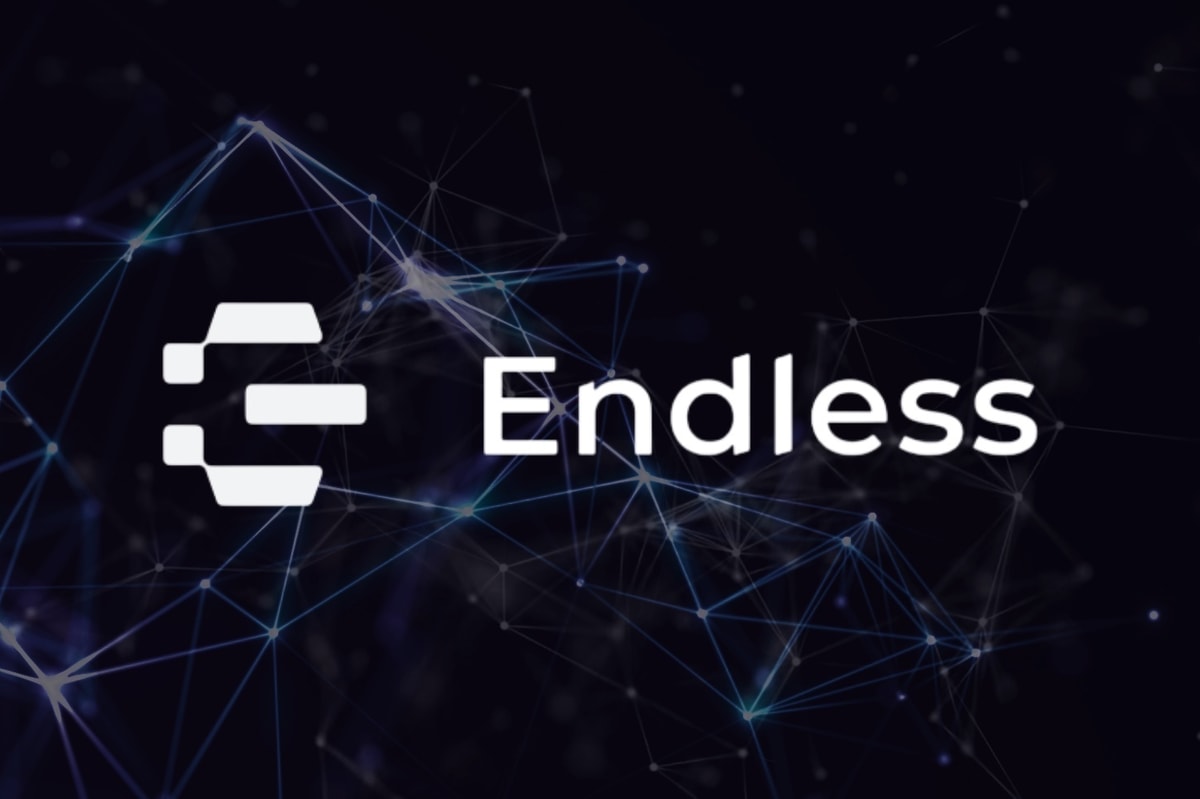When big innovations change the world, people tend to argue about them. Will Web3 finally democratize the internet? Is decentralization real? I’m a data guy. I don’t consider myself in a position to answer questions about Web3’s cultural impact. I can, however, point out that griping is nothing new. It predictably happens just when the biggest changes are coming. Consider this excerpt of an article written by automobile pioneer Alexander Winton, who sold his first car in 1897:
“…the great obstacle to the development of the automobile was the lack of public interest. To advocate replacing the horse, which had served man through centuries, marked one as an imbecile … in the ’90s, even though I had a successful bicycle business, and was building my first car in the privacy of the cellar in my home, I began to be pointed out as ‘the fool who is fiddling with a buggy that will run without being hitched to a horse.’”
In data architecture, we talk about layers. Web3, just like the cars of yore, is being built beneath a layer of scrutiny. Regardless of what we say about it, the machine-readable internet — Tim Berners-Lee original definition of Web 3.0 — is happening. From DAOs to Amazon’s Astro housekeeping robot, the use cases for machine intelligence are growing.
Until recently, there was no way to package that data in a common language for people and machines. A wallflower of a protocol called JSON-LD is changing all that. It’s worth exploring this otherwise unsexy protocol, because it plays a formative role in Web3’s ever-growing architecture. Just as, say, the break lines in a car lay beneath notice, but really make a difference to your driving experience, JSON-LD is the connective tissue that is propelling Web3 closer to becoming the internet as we know it.
The internet of data
What does it take to read, interpret and process data all over the internet with minimal human intervention? In Web 2.0 terms, it takes a whole bunch of API integrations with a whole bunch of databases. Data is poured into a data lake and then loaded into a data warehouse for interpretation.
This cumbersome process is a primary motivator for the new architecture of Web3. Databases are handy for digitizing things formerly done by hand, like organizing one’s business contacts. They’re not good for feeding data to machines to come up with new lines of business and transform society. Only when data is trustworthy, secure and interoperable will it be able to live safely outside of databases and be accessible by machines.
Many of the pieces already exist. Blockchain ensures trust and immutability. Microledgers safeguard security and privacy. Semantic standards — called W3C RDF standards — make all data machine-readable so that machines can link and leverage data from anywhere. Another word for this is interoperability, and until now, it has been one of Web3’s biggest challenges.
Why JSON-LD is important
As you’ll recall from earlier in the article, Web3, otherwise known as the Internet of Data, requires that data lives anywhere, contains cryptographic proof of its own trustworthiness and describes itself in a common language that any human or machine can understand. It wasn’t clear how that common language would happen. Turns out that one of the internet’s most common — and easily ignored — protocols is changing all that.
JSON is a protocol that transmits data to display it on a webpage. A dropdown list of options after you enter a search query is an example of how JSON works behind the scenes. A machine reads your entry and pulls suggestions from a database. A couple of years ago, a much more powerful version of JSON came out: JSON-LD (linked data). Used in the same way as its predecessor, JSON-LD wraps data in RDF, a universal format that enables data to be interpreted and used outside of the database.
By encoding meaning within a JSON document through the semantic standard — shared vocabulary — of RDF, JSON-LD lets data be organized, contextualized and connected anywhere. Machines can read and analyze data wherever it lives without human intervention. It becomes possible to re-use data regardless of application, freeing you from entering the same data multiple times into multiple databases. Tasks such as sharing, compliance reporting and re-operationalizing data into new applications becomes much easier.
A few real-life examples might help clarify the value. You’ll be able to securely and selectively share your patient data between hospitals or transcripts between schools. Pathogen-borne illnesses and counterfeits in supply chains become easy to track. Meeting compliance requirements for data regulations like GDPR happens in a matter of hours instead of weeks. Manipulations like deep fakes become visible for what they are. The panorama of possibilities only grows when you put autonomous vehicles, robots and other smart machines into the mix.
JSON-LD could also help evolve Web3 out of its current confusion of disconnected blockchains. Let’s say someone wants to create a marketplace for NFTs and list every single NFT in existence. If every NFT developer creates their own data silo to store the data, then the anonymity of Web3 becomes a crutch. The marketplace operator would have to go to every single developer and decode the shared value of the NFT by asking: “What does this mean? What does that mean?” Interoperability provides the common vocabulary to solve that problem and allow data to link to other data, while retaining the best features of blockchains, namely privacy, trust and security.
The driverless internet
Times have changed, and they are changing again. Web3 is confusing because it’s still in its formative stages. Nobody quite knows which inventions will shape it next. Every once in a while, though, you see things that could be able to endure the motors and wheels of Web3. JSON-LD configurations could be one of those important tools to consider to help ease Web3’s growing pains.
Brian Platz is the co-founder and CEO of Fluree — a Web3 database platform that enables trusted and interoperable data management.
This article was published through Cointelegraph Innovation Circle, a vetted organization of senior executives and experts in the blockchain technology industry who are building the future through the power of connections, collaboration and thought leadership. Opinions expressed do not necessarily reflect those of Cointelegraph.










